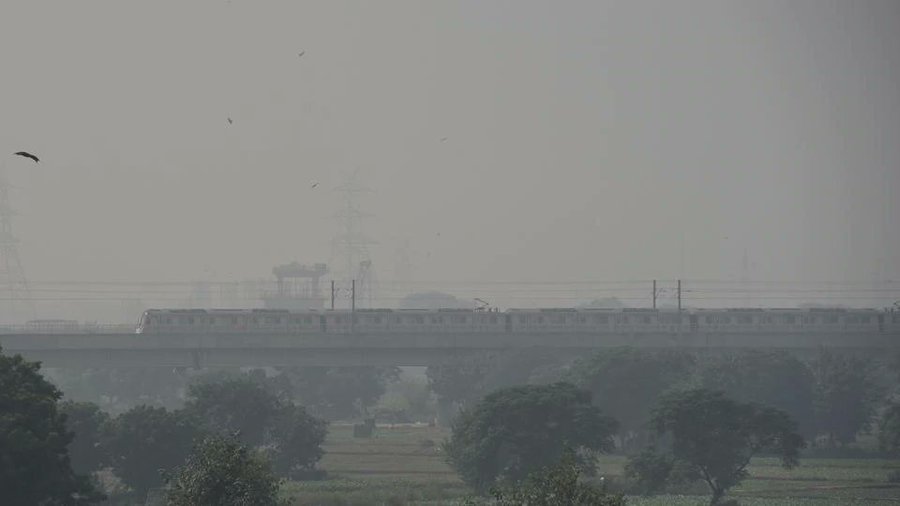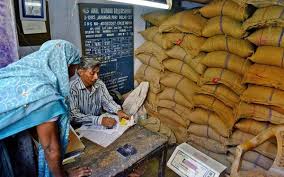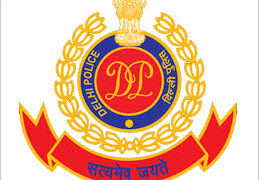Delhi’s air quality slipped into the “very poor” category on Friday and experts said it was expected to decline sharply over the weekend because of the changing weather and “significant” stubble burning in the neighbouring states.
The national capital’s overall air quality index (AQI) stood at 306 on Friday up from 276 on Thursday.
The overall AQI at DTU, Dwarka Sector 8, Narela, Wazirpur and Bawana was 312, 316, 310, 312, and 341 respectively, which falls in the “very poor” category.
An AQI between 0 and 50 is considered ‘good’, 51 and 100 ‘satisfactory’, 101 and 200 ‘moderate’, 201 and 300 ‘poor’, 301 and 400 ‘very poor’, and 401 and 500 ‘severe’.
System of Air Quality and Weather Forecasting and Research (SAFAR) said the reason for the deterioration of air quality at present is the “gradual change in weather conditions — slow surface winds and cooling — towards unfavourable side”. SAFAR is the Union ministry of earth sciences’ air quality research and forecast service.
Senior scientist at the India Meteorological Department (IMD), Kuldeep Srivastava, said predominantly slow easterly winds are blowing in the region and that slow wind speed is not favourable for dispersion of pollutants.
There is an active western disturbance over parts of Jammu and Kashmir, Uttarakhand, Punjab and Haryana.
“After October 20, the wind speed is likely to increase and as a result, the city’s air quality is expected to improve,” Srivastava said.
He also said that it is expected to slightly reduce the impact of stubble burning.
According to data from SAFAR, the share of stubble burning to Delhi’s PM2.5 concentration would be 10% on Friday. It is predicted to increase to 18% on Saturday, it said.
“Stubble burning incidents in Haryana, Punjab, and nearby border regions have shown an increasing trend over the last three days. Additionally, a few new fires have been observed over western Uttar Pradesh,” SAFAR said in a report.
A debate had erupted between the Delhi government and experts after SAFAR said earlier this week said the share of stubble burning in PM 2.5 concentration in Delhi has remained less than 10% so far.
PM 2.5 are ultrafine particles of pollutants that are most hazardous to human health.
Delhi chief minister Kejriwal had on Wednesday refuted the claim saying the attribution was “misleading”.
Kejriwal cited a report prepared by ARAI-TERI in 2018 which was based on 2016-17 data and said local sources were responsible for 36% air pollution in Delhi during winters, while in summers the same sources contributed only 26%.
However, the Delhi Pollution Control Committee (DPCC) has identified 13 ‘hot spots’ where unchecked violations cause pollution to spike. From illegal industries to plastic waste being set on fire, these areas are Delhi’s Achilles’ heel.
The Supreme Court-mandated Environment Pollution (Prevention and Control) Authority has said local sources of pollution was the primary concern even as the Aam Aadmi Party (AAP) Delhi government has repeatedly stressed that stubble burning was the major reason for the Capital’s deteriorating air quality.
“It is not that local pollution has increased, it is that the weather has turned adverse and so, air pollution is again on the rise. If we keep focusing on external reasons, we will not fix our problems,” EPCA member Sunita Narain had said on Thursday.
The period between October 15 and November 15 is considered critical as the maximum incidents of stubble burning take place during this period in Punjab and adjoining states and is one of the main reasons for the alarming spike in pollution in Delhi-NCR.
Farmers in Punjab and Haryana continue to defy the ban on stubble burning amid lack of financial incentives.
The state governments provide 50 to 80% subsidy to farmers and cooperative societies to buy modern farm equipment for in-situ management of paddy straw and running a massive awareness campaign against stubble burning.


























 WhatsApp us
WhatsApp us